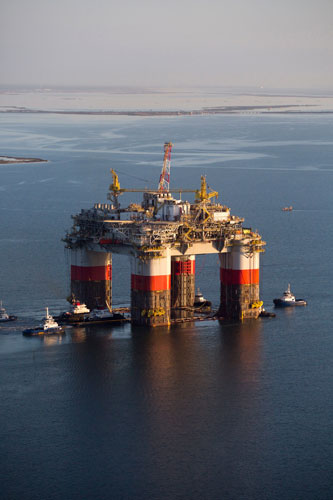 Once again demonstrating their power and agility in both nearshore and offshore waterways, Crowley Maritime Corp.'s ocean class tugs have successfully delivered oversized, overweight equipment – comprised of topsides, tendons, piles and more – that are now part of a massive semi-submersible floating production facility located in the U.S. Gulf, approximately 280 miles south of New Orleans, La. Working alongside the tugs were Crowley's 455 series high-deck-strength barges, which carried much of the equipment as it was towed offshore. Utilizing the Crowley tugs' dynamic positioning capabilities, the facility, known as Jack/St. Malo, was successfully moored and made storm safe at a depth of 7,000 feet between the Jack and St. Malo offshore oil and natural gas fields, which are within 25 miles of each other.
Once again demonstrating their power and agility in both nearshore and offshore waterways, Crowley Maritime Corp.'s ocean class tugs have successfully delivered oversized, overweight equipment – comprised of topsides, tendons, piles and more – that are now part of a massive semi-submersible floating production facility located in the U.S. Gulf, approximately 280 miles south of New Orleans, La. Working alongside the tugs were Crowley's 455 series high-deck-strength barges, which carried much of the equipment as it was towed offshore. Utilizing the Crowley tugs' dynamic positioning capabilities, the facility, known as Jack/St. Malo, was successfully moored and made storm safe at a depth of 7,000 feet between the Jack and St. Malo offshore oil and natural gas fields, which are within 25 miles of each other.
As was done when Crowley's ocean class tugs successfully delivered the Olympus platform and Lucius spar to the U.S. Gulf, both completed late last year, the company's Houston-based Solutions project management team, which manages the tugs and barges, completed the delivery in three stages of work in both nearshore and offshore waters.
During the first stage, the nearshore phase, the topsides were skidded onto the company's 455 series barge Julie B at the Keiwit facility dock in Ingleside, Texas, in Corpus Christi, where they were later lifted and installed onto the hull of Jack/St. Malo. Once in place and secured, the Ocean Wind and Ocean Wave next provided assistance by pushing the Jack/St. Malo facility, away from Corpus Christi, through the Port of Aransas, Texas, and out to deeper waters. The Ocean Sun followed the flotilla and was equipped to provide assistance, if needed.
Relocation to deeper waters marked the beginning of the second phase of work, the offshore stage. Here, the Ocean Wind and Ocean Sun towed the facility to its final location, alongside the Crowley-contracted tugboat Harvey War Horse II. Also during this phase, the Solutions team arranged for the company's 455 series barge 455 7, towed by Crowley's tug Warrior, and third-party barge Marmac 400, towed by Crowley's tug Pilot, to deliver the piles, or long pipe-like structures that serve as anchors for the platform, to the project site. Finally, the Marty J, towed by the Pilot, made three subsequent trips to the installation site to deliver additional equipment – including chains, connectors and line reels – that were used in the mooring of the floating facility.
In the final stage, the positioning phase, the Ocean Wind, Ocean Wave, Ocean Sky, Ocean Sun and Harvey War Horse II worked together to hold the Jack/St. Malo in its final location, and remained on site in a star pattern to provide support as the spar was connected to its moorings and made storm safe in more than 7,000 feet of water.
"This was another successful pairing of Crowley's new ocean class tugboats and high-deck strength barges," said Crowley's John Ara, vice president, solutions. "Not only was the project completed safely and on time, but it also helps to illustrate the increasing competence and capability of our crew and vessels. We look forward to utilizing these specialized teams and assets in projects in the future."
Crowley's ocean class tugs are modern ocean towing twin-screw vessels with controllable pitch propellers (CPP) in nozzles, high-lift rudders and more than 147 MT bollard pull. The first two ocean class vessels, Ocean Wave and Ocean Wind, are classed as Dynamic Positioning 1 (DP1) tugboats and are twin-screw, tugs with an overall length of 146 feet, beam of 46 feet, hull depth of 25 feet and design draft of 21 feet. The second two tugs of the class, Ocean Sky and Ocean Sun, are classed as DP2 and are 10 feet longer. All four vessels are capable of rig moves, platform and Floating Production, Storage and Offloading (FPSO) unit tows, emergency response, salvage support and firefighting.
Scheduled to begin producing oil and natural gas later this year, the facility will have a capacity of 170,000 barrels of oil per day and 42.5 million standard cubic feet per day of natural gas. Jack/St. Malo will act as a hub for the 43 subsea wells, including pumps and other equipment on the seafloor.
Crewmembers involved in the project include Captains Charles Alan Williams, Andrew C. Ashworth, Ted Caffy, Brian Cain, Stuart B. Andrews Jr., Stephen Berschger, Laurence Christie and Ward P. Davis; Chief Mates Darrel Koonce, Dustin Marks, Clyde McNatt, James Hoffman and Scott R. Ellis; Chief Engineers RD Lewis, Charles Pate, Scott Bovee and Edgar C. Henson; Able-Bodied Seamen Terry Laviolette, Ryan Landers, Dave Heindel, Orvin McCoy, Preston Harper, Farrell Bodden, Steven Kendrick, Jonathan Solomon, Corey Hill, Satchel G. Caffy, Ben E. Johnson and Edward J. Rynn; Assistant Engineers Micheal Bibby, Keith Smith, Matthew Hamer, Andralesia Terrell, Richard A. Saunders, James H. Murray, Thomas Murphy and Isaac Levine; Second Mates Travis Cheer, Nate Leachman, Eric A. Eaton, Cecil Wilson and Ray Adams; Third Mate Scott M. Tompkins; Dynamic Positioning Officer John Willson; and Ordinary Seamen and/or Cooks Johnny Godwin, Stephen R. Goletz, Rene Fuentes, Evan Flynn and Glen Williams.
.


 Once again demonstrating their power and agility in both nearshore and offshore waterways,
Once again demonstrating their power and agility in both nearshore and offshore waterways, 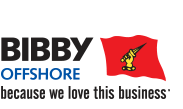 Bibby Offshore's
Bibby Offshore's The Obama administration is expected to move closer this week to allowing new exploration for oil and natural gas in the Atlantic Outer Continental Shelf (OCS).
The Obama administration is expected to move closer this week to allowing new exploration for oil and natural gas in the Atlantic Outer Continental Shelf (OCS).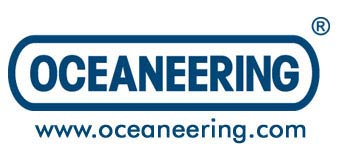 Oceaneering International, Inc.
Oceaneering International, Inc.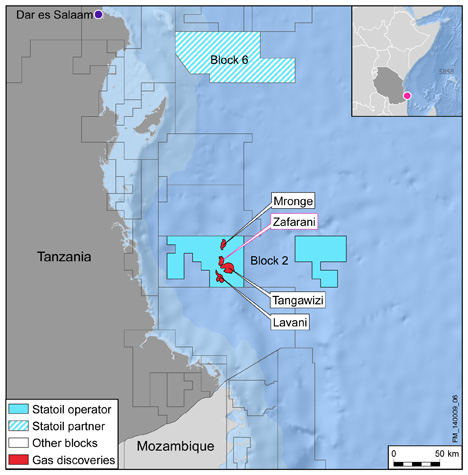
 Niche Products Ltd
Niche Products Ltd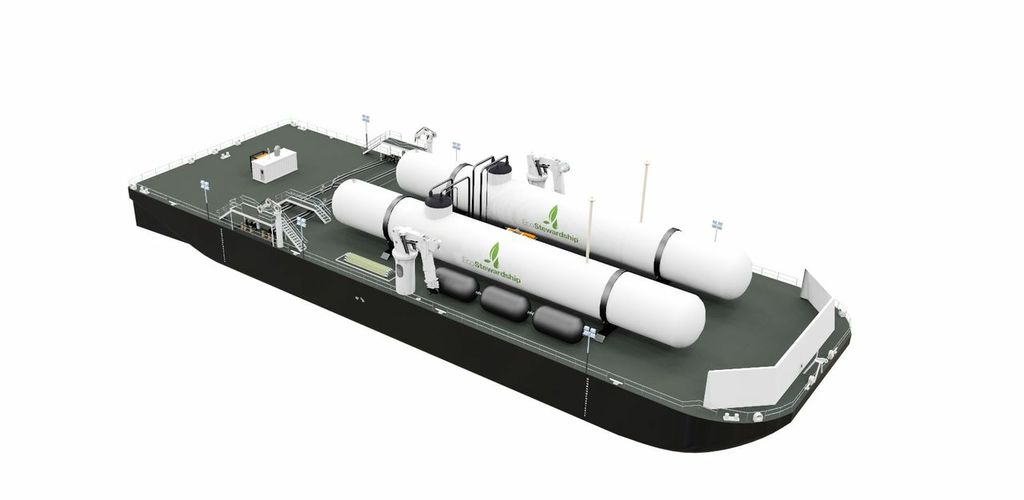 Jensen Maritime
Jensen Maritime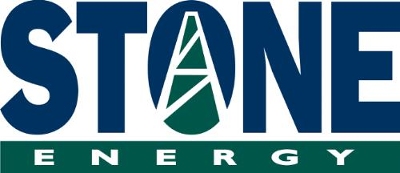 Stone Energy Corporation
Stone Energy Corporation  NYC-based
NYC-based 
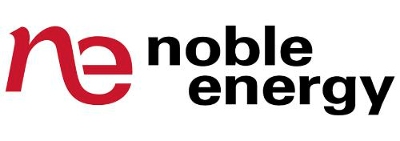
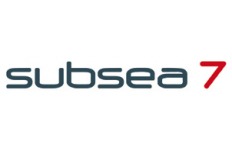 Subsea 7 S.A.
Subsea 7 S.A.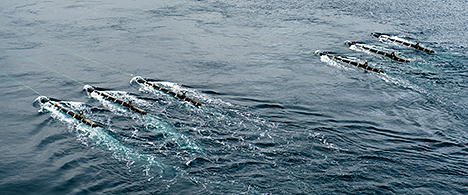 Illustration of seismic acquisition. (Photo: Ole Jørgen Bratland)
Illustration of seismic acquisition. (Photo: Ole Jørgen Bratland) Net income was 11% up on 2012 due to diesel (20%) and gasoline (11%) price increases in 2013, increased production of oil products, cost optimization, gains from the sale of assets, lower write-offs for dry wells and lower foreign exchange impact due to hedge accounting. Adjusted EBITDA totaled R$ 62.967 billion, up 18% on 2012.
Net income was 11% up on 2012 due to diesel (20%) and gasoline (11%) price increases in 2013, increased production of oil products, cost optimization, gains from the sale of assets, lower write-offs for dry wells and lower foreign exchange impact due to hedge accounting. Adjusted EBITDA totaled R$ 62.967 billion, up 18% on 2012.